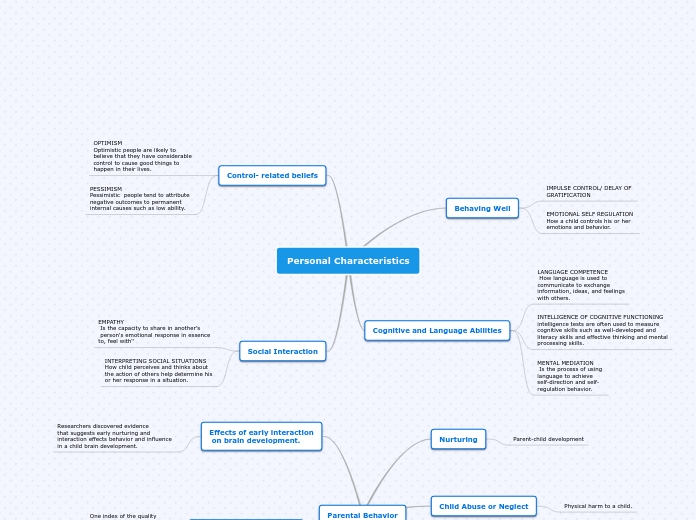av Shibumi (School) för 15 årar sedan
301
Gayu
A person characterized by open communication, responsibility, and a nurturing attitude is described as someone who avoids conflicts in relationships and is grounded and composed. They often feel alone and are more comfortable in an observer role, enjoying photography and reflecting on their thoughts and life experiences.









